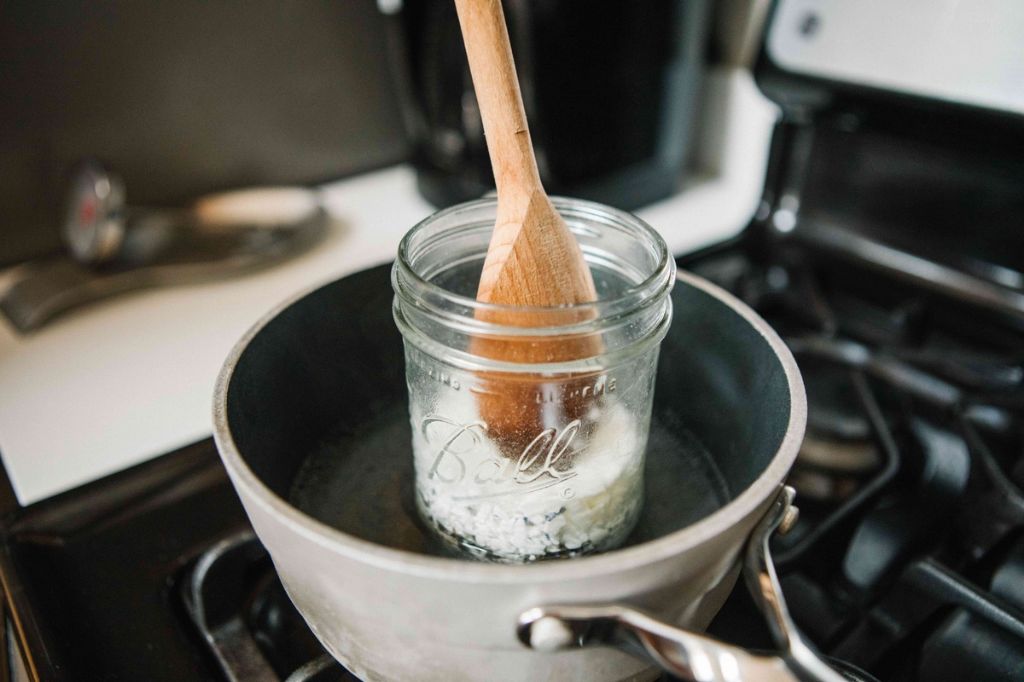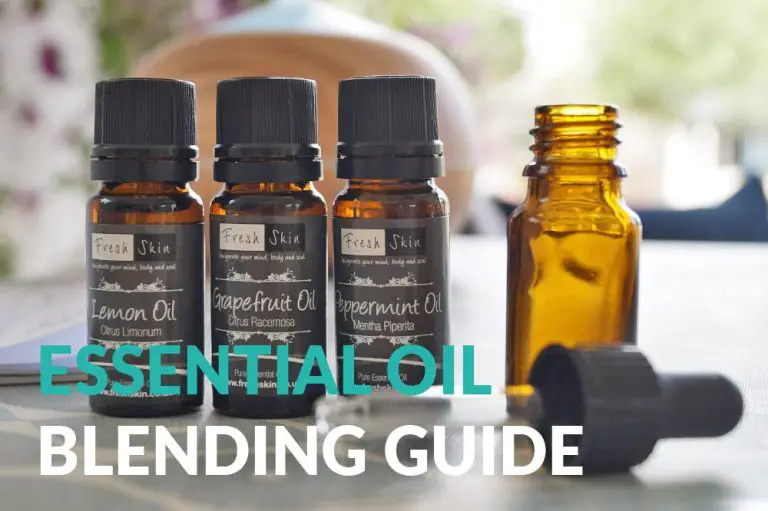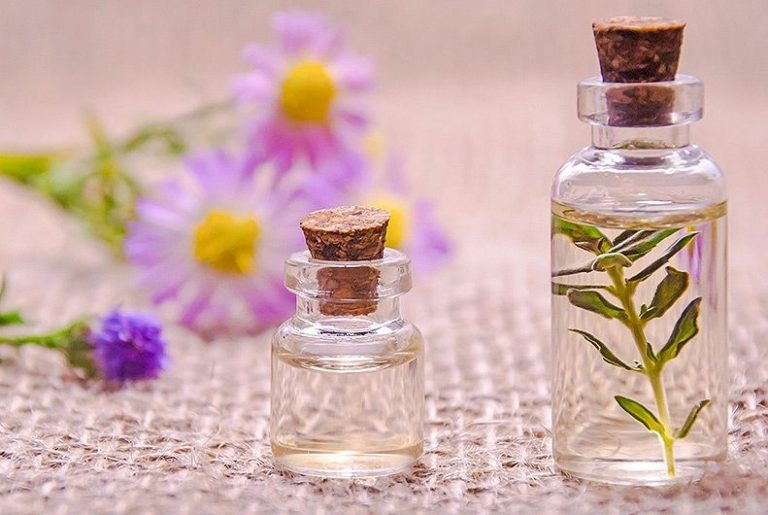What Is Another Name For A Soap Base?
What is Soap Base?
A soap base is a premade mixture of oils, fats, and lye that can be used to create handmade soap without having to start completely from scratch. Soap bases provide a shortcut for soap makers by removing the need to carefully measure and combine raw ingredients like oils and lye.
The two main types of soap base are melt & pour and cold process. Melt & pour soap bases contain oils, glycerin, and lye that have already undergone saponification – the chemical process that turns oils and fats into soap. Melt & pour bases just need to be melted, mixed with additives like colors or scents, and poured into molds. Cold process soap bases contain the oils and lye but still require the soap maker to induce saponification through a curing period after pouring the soap into molds (source).
Common ingredients in soap bases include oils like coconut, olive, palm, or shea butter; glycerin to help moisturize skin; and lye such as sodium hydroxide as the saponifying agent. The specific oil composition affects qualities like the hardness, bubbleness, and moisturizing properties of the finished soap (source).
Cold Process Soap Base
Cold process soap base is made from oils like olive, coconut, and palm mixed with sodium hydroxide lye. The oils undergo a chemical reaction called saponification with the lye to create soap (1). This method allows full customization of the oils and other ingredients used in the soap.
The cold process method requires exact measurements of oils and lye along with specific handling to ensure proper saponification. The mixture is blended and poured into molds before it hardens into bars of soap. Cold process soap must cure for several weeks before use (1).
The downside is that cold process soap making requires handling caustic lye. However, it allows crafters to create tailored soaps from scratch with different qualities compared to melt and pour soaps.
Melt & Pour Soap Base
Melt and pour soap bases are a type of premade soap base created using saponification, the chemical process that turns oils and fats into soap. Unlike cold process soap making, where you make soap completely from scratch, melt and pour bases have already undergone saponification and have been formulated into a ready-to-use soap base.
As the name suggests, melt and pour soap bases melt quickly and can be easily poured into molds to create a variety of soaps. Their easy, no-fuss preparation makes them a popular choice for beginner soap makers and crafters.
While convenient, a downside of melt and pour bases is that there is less room for customization compared to cold process soap making. The oils, additives, and scents are already formulated into the soap base. However, you can still customize the soaps by adding colors, botanicals, and essential oils.
Common ingredients in melt and pour soap bases include glycerin, coconut oil, palm oil, safflower oil, sorbitol, purified water, and sodium salts like sodium stearate. Glycerin helps provide a smooth lather, coconut oil bubbles up, and palm oil offers hardness for easy unmolding [1]. The Stephenson All Natural Melt & Pour Soap Base also contains only six natural ingredients: glycerin, water, sorbitol, sodium salts, citric acid, and titanium dioxide [2].
Glycerin Soap Base
Glycerin soap base has a clear, translucent appearance and is made with vegetable glycerin. Vegetable glycerin is derived from plant-based oils like coconut and palm. Glycerin is a humectant, meaning it attracts moisture to the skin (1).
The addition of glycerin gives the soap a softer, more emollient lather compared to other soap bases. Glycerin easily penetrates the skin and helps the soap lock in moisture, leaving skin feeling smooth and moisturized after washing (2). This helps promote skin regeneration and can result in a more supple, youthful, and radiant complexion (3).
Glycerin soap base is a good option for people with normal, dry or mature skin that needs extra moisture. It may also help ease skin conditions like eczema, psoriasis and dermatitis. The humectant properties of glycerin make it a popular ingredient in soap making.
Sources:
(1) https://www.healthline.com/health/beauty-skin-care/glycerin-soap
(2) https://www.newdirectionsaromatics.com/blog/articles/glycerin-soap-benefits-drawbacks-and-tips.html
(3) https://soapsandscents.com/the-pros-and-cons-of-using-glycerin-soaps/
Goat’s Milk Soap Base
Goat’s milk soap base uses goat’s milk instead of water as the liquid component. Goat’s milk contains many nutrients like vitamin A, B6, B12, and E that nourish the skin (1). The natural fat molecules like triglycerides and fatty acids in goat’s milk moisturize and hydrate skin, leaving it soft and smooth (2). Goat’s milk pH is similar to human skin and contains alpha-hydroxy acids like lactic acid which help exfoliate dead skin cells. This makes goat’s milk soaps suitable for people with sensitive skin or conditions like eczema and psoriasis (3).
Sources:
(1) https://www.healthline.com/nutrition/goat-milk-soap-benefits
(2) https://bramblesbendfarms.com/the-top-7-benefits-of-using-goats-milk-soap-on-your-skin/
(3) https://www.medicinenet.com/7_surprising_goat_milk_soap_benefits/article.htm
Shea Butter Soap Base
Shea butter soap base contains a high percentage of nourishing shea butter. Shea butter is extracted from the nuts of the shea tree (Vitellaria paradoxa) native to Africa. It is an excellent moisturizer known for soothing dry, irritated skin. Shea butter soap has a creamy, moisturizing lather that leaves skin feeling soft and supple.
According to Soap.Club, shea butter soap provides many benefits for the skin including:
- Deeply moisturizes without leaving skin greasy
- Helps improve skin elasticity
- Reduces the appearance of stretch marks and scars
- Soothes skin conditions like eczema, psoriasis, and dermatitis
- Contains antioxidants like vitamin E to protect skin from environmental damage
Shea butter soap bases are often unscented, allowing the natural scent of the shea butter to shine through. The high shea butter content makes this soap variety ideal for dry, mature, or sensitive skin that needs extra moisture and nourishment.
Castile Soap Base
Castile soap base uses olive oil as the primary oil in its formulation. Known for its versatile and gentle cleansing properties, castile soap can be used for both hair and body. It has a long history dating back to the Castile region of Spain where it was traditionally made from 100% olive oil. The term “castile soap” refers specifically to vegetable-based soaps made predominantly with olive oil.

Castile soap base is popular for its moisturizing qualities and versatility. The high percentage of olive oil makes it a gentle cleanser ideal for sensitive skin. It can also be used as a natural shampoo or even a household cleaner. Unlike many soaps, castile soap does not strip away natural oils from the skin or hair when used properly. Its emollient properties help counteract the drying effects of washing. Castile soap has a pH level around 8-9, closer to the natural pH of skin compared to commercial detergent-based soaps. This makes it less disruptive to the skin’s protective acid mantle.
Modern castile soap bases may include secondary oils like coconut, hemp, or palm oil. But olive oil remains the primary ingredient, often comprising over 70% of the formula. True castile soap is made through the traditional saponification process using plant-based oils and lye. High quality versions use organic and fair trade ingredients (Dr. Bronner’s). Unscented options allow the gentle properties of the oils to shine through. Castile soap can be a simple yet effective plant-based cleanser for face, body, and hair.
Coconut Oil Soap Base
Coconut oil soap base is made primarily with coconut oil. Coconut oil is valued in soap making because it creates a rich, bubbly lather. The lauric acid in coconut oil also offers cleansing and exfoliating properties that help wash away dirt, oil, and dead skin cells.
Coconut oil is high in fatty acids that provide excellent moisturizing qualities. The fatty acids bind to skin proteins and provide a protective barrier that holds in moisture. Coconut oil is especially useful for dry and itchy skin conditions. It can help soothe irritation and inflammation.
However, coconut oil can be drying for some skin types. Coconut oil soap tends to have a high cleansing number, which means it can strip away natural oils. People with dry or sensitive skin may find it overly drying. Using coconut oil in combination with more moisturizing oils like olive oil or avocado oil can help offset this effect.
Overall, coconut oil soap base harnesses the deep cleansing and moisturizing properties of coconut oil. It’s an invigorating soap known for its rich lather and tropical coconut fragrance.
Palm Oil Soap Base
Palm oil soap base is a popular choice for both professional soapmakers and hobbyists. It produces a hard bar of soap that lathers well and holds up over time. Palm oil contains high amounts of palmitic and oleic fatty acids, which contribute to a firm bar and stable lather (BulkApothecary).
Palm oil is rarely used on its own in soap. It is often combined with other oils like coconut, olive, or sustainable palm kernel oil for a balanced fatty acid profile. Adding other oils can compliment the qualities of palm oil. For example, adding coconut oil, which is high in lauric acid, increases lather and bubbles. Meanwhile olive oil will add moisturizing properties (Arizona Soap Supply).
However, palm oil remains controversial due to social and environmental impacts associated with its harvesting. Unsustainable palm oil production has been linked to deforestation, loss of wildlife diversity, and poor labor conditions. Many soapmakers aim to use RSPO certified sustainable palm oil or to limit and replace palm oil when possible (BulkApothecary).
Lard Soap Base
Lard soap base is derived from rendered pork fat. It results in hard, long-lasting bars of soap with high cleansing properties.
According to an article on Garden Therapy, lard soap base contains compounds that provide more lather than most oils. This makes it an excellent choice for achieving a rich, creamy lather when making soap. The hardness of lard soap also helps the bars last longer, keeping their shape over repeated uses.
Traditional lard soap recipes, like this Wild Rose Old-Fashioned Lard Soap, often combine lard with oils like coconut oil. The coconut oil adds bubbly lather while the lard provides cleansing, hardness and longevity. With the right blend of oils, lard soap base can create bars with a balanced feel – hard yet moisturizing.






